Longfellow's Blog
Transplanting Trees, Shrubs and Perennials in Spring!
Transplanting Trees, Shrubs, and Perennials in Spring
Longfellow’s Greenhouses
Spring 2022
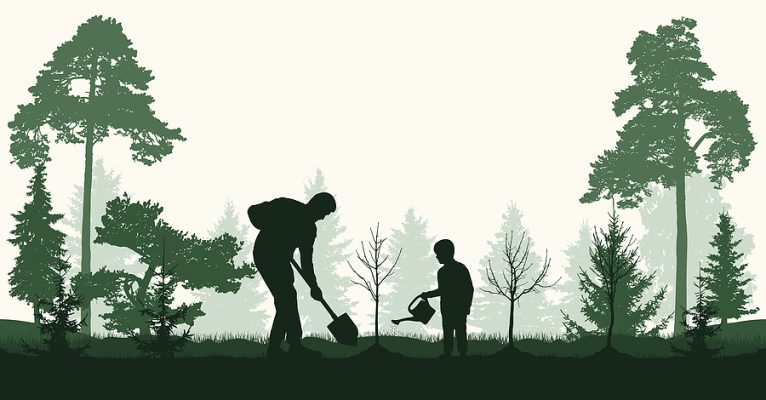
It goes without saying, but we’ve all been in the situation where we planted something years ago that is either now too big for its current location, or is just in need of being relocated. Or, maybe you have an area where you’d just like to try something new. You probably have many more years of enjoyment from whichever plant currently resides in a particular location, and rather than chop that plant up or rip it out and dispose of it, you can actually just transplant it in a new location somewhere else in your yard (or even give it to a friend or family member so that they can plant it in their yard and get as much enjoyment out of it as you did). There really is no better time to transplant trees, shrubs, and perennials than the springtime.
Spring (here we’re referring to the timeframe from mid-April to early June) is an ideal time to transplant trees and shrubs because many things still haven’t broken dormancy from the previous winter season. Nutrients have been stored up in the plants during the winter, and will soon be available for the plant to use for new growth once temperatures become consistently warmer. It’s also great because foliage hasn’t emerged fully yet, which means water loss in the plant will be lower, something you want to avoid at all costs after inevitably cutting some roots during the transplanting process. It’s also great because of the simple fact that it is the least stressful time of year (on the plant and on yourself!) to plant or transplant items due to the weather. It is cooler, and typically wetter, making it much easier for the plants to take root and become strong before the hot, drier summer season arrives. After the winter thaws the ground, it is much easier to dig into as well. The soil will become very hard, dry, and compact in mid to late summer, which makes the digging process much harder.
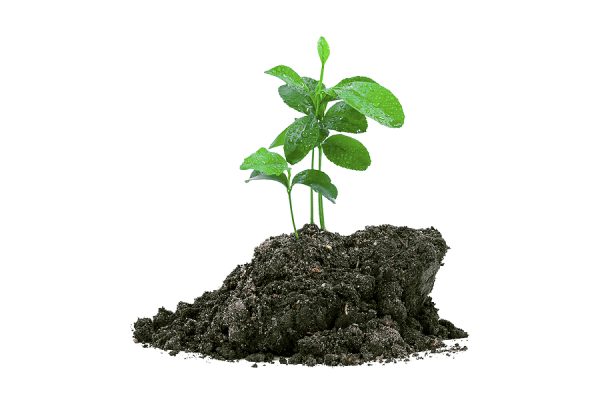
Transplanting is a very simple process, but one that opens the door up for new plants by freeing up desirable space. In general, there are a few important things to keep in mind.
- How big is the plant that you want to move?
- Is the area you would like to move the plant to big enough to accommodate its current size, plus any additional size it will put on in the years to come?
- What kind of light does the specimen(s) like? (Shade, part sun, full sun, etc.) Will its new location have the proper amount of daytime sunlight?
- What kind of soil amending will you need to do?
- How big of a root ball should you try to get and how big of a hole should you dig in the new location?
- Will I need to trim back my plant before or after I move it?
- Can I just dig the plant up and move it immediately, or is there some sort of preparation process that I need to do?
These are just a handful of the most important questions to consider when you plan on transplanting any tree, shrub, or perennial. Sadly, there is no one golden answer for any of these questions either, as each will depend on the specific scenario each and every one of us faces in our own yards. Just keep all of these things in mind when you begin to consider transplanting something in your yard.
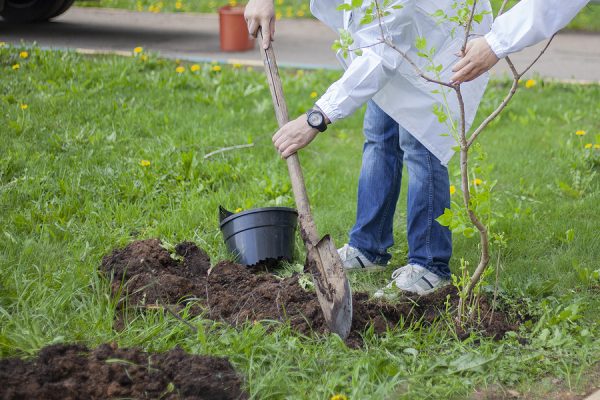
Here are some important tips to consider:
- For trees and shrubs transplanting will be easier while the plant is younger. As the plant matures, its root system becomes more complex, and more damage to the root system will make it harder on the plant during the transplanting process.
- Get as much of the root ball as reasonably possible in all situations. Know that you will cut some roots, but the more you can dig up and keep intact, the better off the plant will be.
- Root pruning is an important practice for effectively moving a plant from one location to another. Root prune in the spring (before leaves emerge for deciduous plants) or the fall (after leaves fall off for deciduous plants) before transplanting. So, if you’re transplanting something in the spring, ideally you would have root-pruned the previous fall. Root-pruning is just the process of sending a shovel down into the soil to cut through any leggy roots and to loosen up your plant a bit while still keeping it in its current location for some more time to allow it to experience a less stressful, slow transition to its new location.
- Avoid using any strong fertilizers on a newly moved transplant. Organic soil amendments that help to build the soil such as compost is the best way to help something become established while avoiding the risk of further root damage from the common root-burning that synthetic fertilizers can cause.
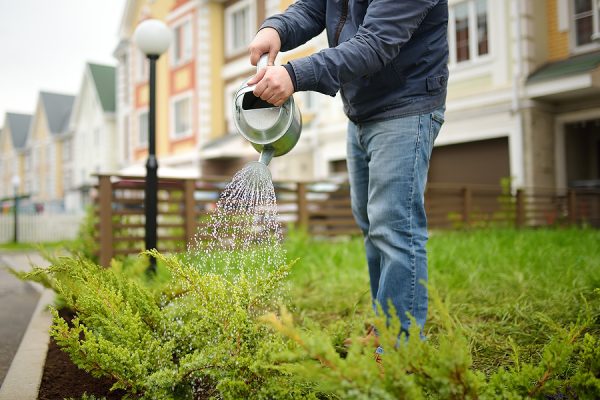
- Water, water, water!!! Besides digging up as much of the root ball as possible, this is the most important aspect of the transplanting process. Give the plant a good drink before digging it up, and then make sure to water it in thoroughly once your plant is in its new location. The watering doesn’t stop there either. Keep in mind this was likely a well-established plant that you moved, so it’s going to demand more water uptake to keep it going until it grows a new, healthy root system vigorous enough to maintain water uptake on its own. Check the soil around the plant every couple of days for adequate moisture and water deeply for the first few months, backing off slowly as the season progresses and the plant becomes stronger. Consider applying a thick layer of mulch around the base of the plant to help retain soil moisture and moderate temperature extremes, especially during the hot summer months. Be sure to pull the mulch away from the immediate trunk though, as you don’t want to bury the trunk and cause rot or other issues down the road.
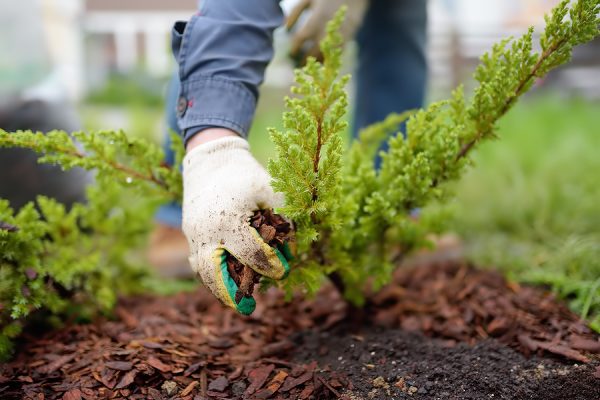
- Consider a light amount of slow-release fertilizer sprinkled on the surface of the soil at the end of the season or the beginning of the following season to give the transplant a light boost of some food for increased root growth. For a more organic approach, put a healthy coating of your favorite compost on the surface of the soil all around the root zone.
We all love new plants, but many of us aren’t quite ready to let go of some of the older plants we have in order to make space for the new, and that is perfectly okay! Transplanting allows us to make space for the new plants we are interested in while still keeping the old plants close by! Now that we are entering into spring here in Maine, it’s time to get out there and start moving some things around, and thinking about all the new plants you can now consider bringing into your landscape. Once this gardening season really gets underway, we will have a great selection of trees, shrubs, perennials, and annuals ready for you to take home and enjoy!
Are you confident that you want to move some things around but you aren’t sure what new plants would work best in those newly freed-up locations? No worries! Give us a call or stop by the greenhouses and talk to any one of our Nursery experts, and we will gladly help you pick out some great options for your specific situation.
Happy spring, and happy transplanting!
Longfellow’s Nursery Team

